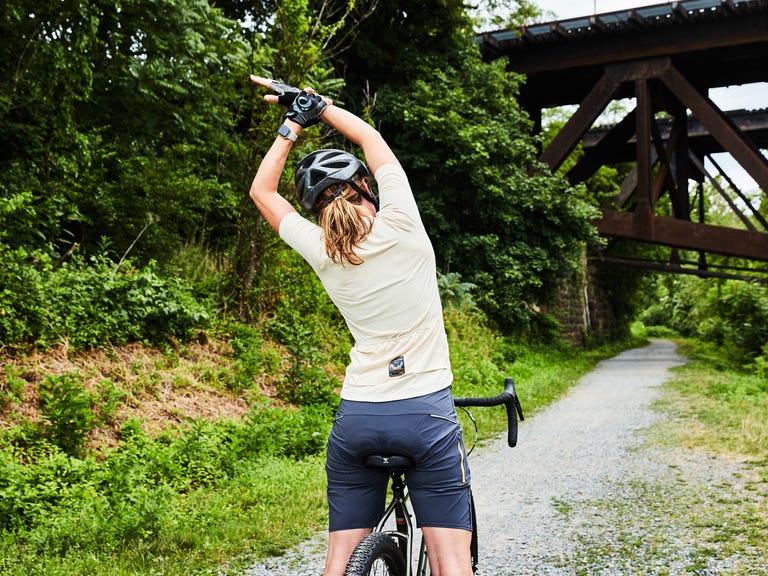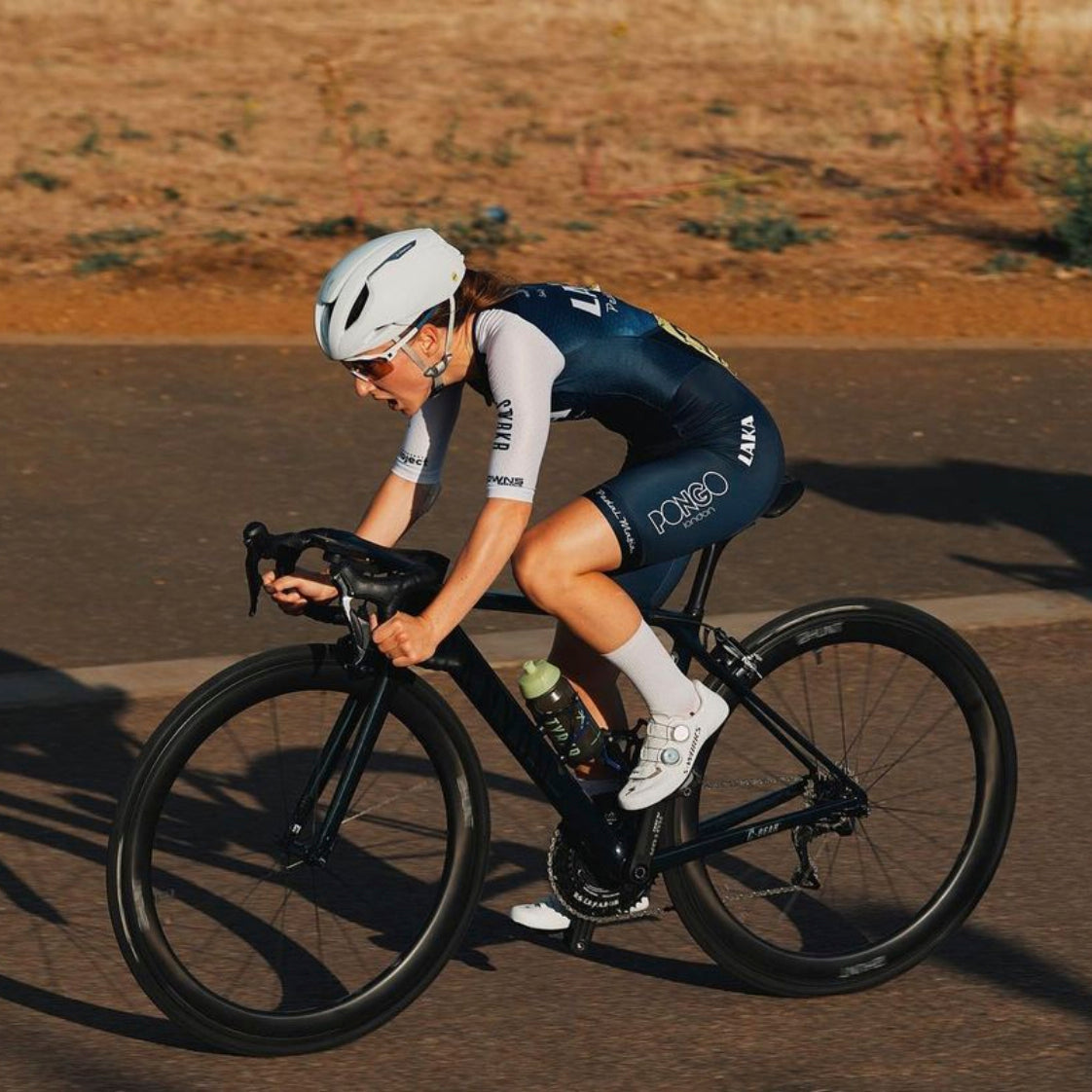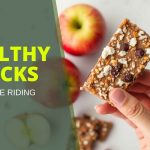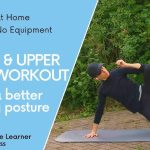Riding can be tough on the body, especially for women. Proper stretching helps prevent injuries and improves performance.
Female riders often face unique challenges. Hormonal differences, body structure, and muscle composition can impact flexibility and strength. Stretching not only boosts flexibility but also enhances recovery and reduces soreness. It prepares your muscles and joints for the ride, making it an essential part of your routine.
Whether you’re a seasoned rider or a beginner, incorporating specific stretches can make a big difference. These tips will guide you through effective stretches tailored for female riders. Get ready to enhance your riding experience with these simple yet powerful techniques.

Credit: www.bicycling.com
Importance Of Stretching
Stretching is essential for female riders. It helps the body stay flexible and strong. Regular stretching keeps muscles in good shape and prevents stiffness. For female riders, stretching is crucial for maintaining balance and control while riding.
Benefits For Riders
Stretching offers many benefits for riders. It improves flexibility and range of motion. This means better performance and smoother rides. Here are some key benefits:
- Increased Flexibility: Helps you move more freely.
- Enhanced Muscle Coordination: Improves control over your horse.
- Better Posture: Keeps your spine aligned and reduces back pain.
- Improved Circulation: Boosts blood flow to muscles, reducing soreness.
Prevention Of Injuries
Stretching plays a key role in preventing injuries. Riding can put strain on muscles and joints. Regular stretching reduces the risk of strains and sprains. Focus on these areas:
- Lower Back: Keeps the spine flexible.
- Hips: Reduces tightness and improves leg movement.
- Hamstrings: Prevents muscle pulls and stiffness.
- Shoulders: Maintains upper body strength and reduces tension.
A few minutes of stretching before and after riding can make a big difference. Keep your body in top shape and enjoy your rides safely.
Warm-up Routines
Every female rider knows the importance of a good warm-up before hitting the trails. A proper warm-up routine can prevent injuries and enhance performance. It prepares your muscles for the ride ahead. It also ensures that your body is ready for the physical demands of riding. Let’s dive into some effective warm-up routines tailored for female riders.
Dynamic Stretches
Dynamic stretches are movements that increase your range of motion. They also elevate your heart rate.
- Leg Swings: Stand on one leg and swing the other forward and backward. Do this for 30 seconds on each leg.
- Arm Circles: Extend your arms out to the sides. Make small circles, then gradually increase the size of the circles. Do this for 30 seconds in each direction.
- Hip Rotations: Stand with your feet shoulder-width apart. Place your hands on your hips. Rotate your hips in a circular motion. Do this for 30 seconds in each direction.
Best Practices
Follow these best practices to get the most out of your warm-up routine:
- Start Slow: Begin with gentle movements. Gradually increase the intensity.
- Stay Consistent: Make warming up a part of your routine. Do it before every ride.
- Listen to Your Body: Pay attention to how you feel. If something hurts, stop and rest.
- Focus on Breathing: Maintain steady and deep breaths. This helps to oxygenate your muscles.
By incorporating these dynamic stretches and following these best practices, you’ll be better prepared for your ride. Remember, a good warm-up is key to a safe and enjoyable riding experience.
Targeted Muscle Groups
Targeting specific muscle groups is crucial for female riders. Proper stretching can improve performance and reduce the risk of injury. Focus on the lower and upper body to ensure a balanced and effective routine.
Lower Body Focus
Stretching the lower body is essential for female riders. The hamstrings, quadriceps, and calves are key muscle groups. To stretch the hamstrings, sit on the ground with legs straight. Reach forward towards your toes, keeping your back straight. Hold for 20-30 seconds.
For the quadriceps, stand on one leg. Pull the opposite foot towards your buttocks. Keep your knees together and hold for 20-30 seconds. Switch legs. Calf stretches can be done against a wall. Place one foot behind the other, keeping the back leg straight. Lean forward and hold for 20-30 seconds.
Upper Body Focus
The upper body also needs attention. Stretching the shoulders, chest, and back muscles is important. To stretch the shoulders, extend one arm across your body. Use the opposite arm to pull it closer. Hold for 20-30 seconds and switch arms.
For the chest, stand in a doorway. Place your arms on the doorframe at a 90-degree angle. Step forward slightly, feeling the stretch across your chest. Hold for 20-30 seconds.
To stretch the back, sit on the ground with legs crossed. Twist your torso to one side, placing one hand on the opposite knee. Hold for 20-30 seconds and switch sides. These stretches will help maintain flexibility and strength in the upper body.
Post-ride Stretching
Post-ride stretching is vital for female riders. It helps reduce muscle soreness and promotes flexibility. This part of your routine can prevent injuries and boost recovery. Proper stretching after a ride lets your body cool down gradually.
Cool Down Techniques
After a long ride, start with a gentle cool down. Slow your pace and allow your heart rate to drop. Spend about five minutes riding at a relaxed speed. This helps flush out lactic acid from your muscles.
Then, move to light jogging or walking. This keeps your blood flowing and eases the transition from high activity to rest. Take deep breaths to calm your body and mind. This step is crucial before you begin your stretching exercises.
Recovery Stretches
Once your body has cooled down, start with recovery stretches. Begin with your legs, as they do most of the work. Stretch your quadriceps by pulling your heel toward your glutes. Hold for 20-30 seconds. Switch legs and repeat.
Next, stretch your hamstrings. Sit on the ground with one leg extended. Reach for your toes and hold for 20-30 seconds. Switch legs and repeat. This stretch helps release tension in the back of your thighs.
Don’t forget your calves. Stand with one foot behind the other. Press the back heel into the ground. Hold for 20-30 seconds and switch legs. This stretch can prevent calf cramps.
Finally, stretch your back and shoulders. Stand tall and clasp your hands behind your back. Lift your arms slightly and hold for 20-30 seconds. This stretch opens up your chest and shoulders, which often get tight from riding.
Flexibility Exercises
Flexibility exercises are essential for female riders. These exercises improve your range of motion. They also help prevent injuries. Adding flexibility exercises to your routine can enhance your riding experience. Let’s explore some effective flexibility exercises.
Static Stretches
Static stretches are a great way to improve flexibility. Hold each stretch for 20-30 seconds. Focus on your legs, hips, and back. Try a hamstring stretch. Sit on the ground with one leg straight. Reach towards your toes. Feel the stretch in your hamstring. Repeat on the other side. Another good stretch is the hip flexor stretch. Kneel on one knee. Push your hips forward. Feel the stretch in your hip flexor. Hold and switch legs.
Yoga For Riders
Yoga is excellent for flexibility and balance. It also helps with strength. Try poses like Downward Dog. Start on your hands and knees. Lift your hips up and back. Form an upside-down V shape. Hold for a few breaths. Another useful pose is Pigeon Pose. Bring one leg forward. Extend the other leg back. Lower your hips to the ground. Hold and switch sides. These poses can help you become more flexible and improve your riding.

Credit: styrkr.com
Incorporating Stretching Into Training
Stretching is vital for female riders. It improves flexibility, reduces injuries, and enhances performance. Consistent stretching can make a significant difference. Integrating it into training can be easy and rewarding.
Daily Stretching Routine
A daily stretching routine is essential. Start with simple stretches. Focus on the legs, back, and shoulders. Hold each stretch for 20-30 seconds. Breathe deeply and relax. Repeat each stretch two to three times. Consistency is key.
Stretching after a ride is beneficial. It helps muscles recover. Stretch the calves, hamstrings, and quadriceps. Stretch the lower back and shoulders too. This routine can prevent soreness and stiffness.
Time Management
Finding time to stretch can be challenging. Prioritize it in your schedule. Stretch in the morning or evening. Even a few minutes can be effective. Combine stretching with other activities. Stretch while watching TV or during a break at work. Make it a habit.
Use a timer to stay on track. Set reminders on your phone. Keep stretches short and simple. Over time, stretching will become a natural part of your routine.
Common Mistakes To Avoid
Stretching plays a crucial role for female riders. It helps maintain flexibility and prevents injuries. Yet, many make common mistakes that can hinder progress. Understanding what to avoid ensures a safer and more effective stretching routine.
Overstretching
Overstretching can cause muscle strain. Many think deeper stretches lead to faster results. This belief often results in injuries. Stretch gently and progressively. Warm up your muscles before stretching. Cold muscles are more prone to injury. Listen to your body. Know your limits to avoid overstretching.
Ignoring Pain
Pain is a signal from your body. Ignoring it can lead to serious injuries. Stretching should feel good, not painful. Never push through pain. If you feel pain, stop immediately. Adjust your stretch to a comfortable level. Consult a professional if pain persists. Understanding pain helps in avoiding injuries and improving flexibility.
Tools And Accessories
Using the right tools and accessories can enhance your stretching routine. Female riders can benefit greatly from incorporating these tools. They help improve flexibility and reduce muscle tension.
Stretching Bands
Stretching bands are versatile and easy to use. They come in different resistance levels to suit various needs. You can use them to deepen your stretches and improve flexibility.
- Light resistance for beginners
- Medium resistance for intermediate users
- Heavy resistance for advanced users
Place the band around your foot to stretch your hamstrings. Use it to stretch your arms and shoulders as well. These bands are portable and can be used anywhere.
Foam Rollers
Foam rollers are excellent for releasing muscle tension. They help in reducing soreness and improving blood flow. Use them before and after your ride for best results.
- Choose the right density: soft for beginners, firm for advanced users.
- Roll slowly over tight muscles.
- Focus on your calves, quads, and back.
Foam rollers come in various sizes. A shorter roller is ideal for targeting specific areas. A longer roller is better for full-body use.
| Tool | Benefits |
|---|---|
| Stretching Bands | Improve flexibility, portable, easy to use |
| Foam Rollers | Reduce muscle tension, improve blood flow, versatile |
Incorporating these tools into your routine can make a big difference. They help you stay flexible and reduce the risk of injury.

Credit: www.istockphoto.com
Frequently Asked Questions
What Stretches Are Best For Female Riders?
The best stretches include hamstring stretches, quad stretches, and hip flexor stretches. These target key muscles used in riding.
How Often Should Female Riders Stretch?
Female riders should stretch daily or after every ride. Consistent stretching helps maintain flexibility and prevent injuries.
Can Stretching Improve Riding Performance?
Yes, stretching improves flexibility, reduces muscle tension, and enhances riding performance. It also aids in quicker recovery.
Are There Specific Stretches For Horseback Riders?
Yes, horseback riders benefit from hip, back, and leg stretches. These areas are crucial for riding stability and control.
Conclusion
Stretching is vital for female riders. It improves flexibility and reduces injuries. A few minutes daily make a big difference. Consistency is key. Listen to your body and adapt exercises as needed. Enjoy your rides, pain-free and relaxed!
Janet G Kulick is an experienced horse rider, trainer, and owner of the informative horse blog, Horseray.com. Her engaging writing style and wealth of knowledge on horse care, riding, and training make her a trusted source for horse enthusiasts worldwide.




